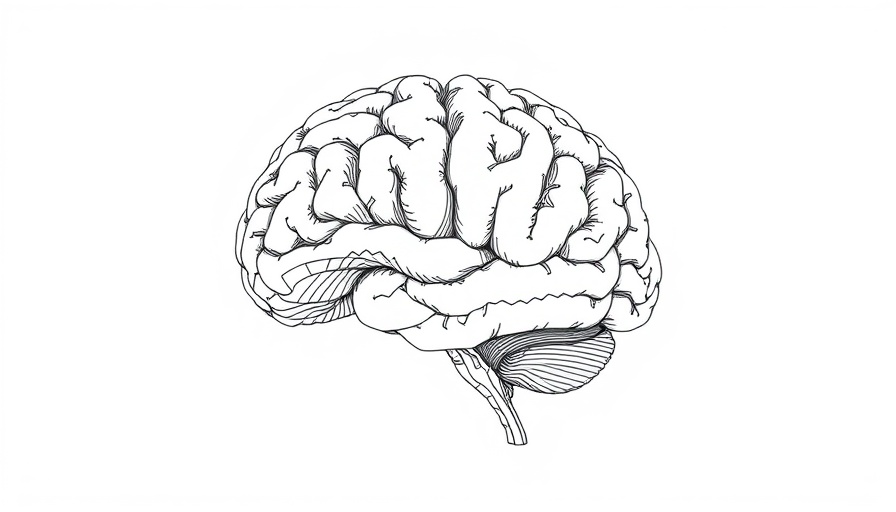
Understanding How Our Visual Cortex Shapes Perception
When you're at the grocery store, your brain processes visual information about products based on your immediate plans. If you're preparing a hearty stew, the bag of carrots might enter your mind as a root vegetable, while during game day, those same carrots could simply remind you of the veggie platter beside the buffalo wings. A groundbreaking study led by Nuttida Rungratsameetaweemana at Columbia University reveals that our brain's visual cortex actively participates in decision-making, adjusting its perception in real-time according to our current tasks.
The Brain's Role in Decision Making
This recent study challenges the traditional belief that our visual cortex merely passes on raw visual data to higher cognitive functions. Instead, it shows that early sensory systems, particularly those responsible for our vision, help in making sense of information tailored to our immediate needs and objectives. Such adaptability signifies the brain's impressive organizational capabilities, allowing it to prioritize sensory information that aligns with current mental goals.
Implications for Artificial Intelligence
The findings from Rungratsameetaweemana's research could also revolutionize how we think about artificial intelligence. Creating AI systems that mirror the brain's flexibility in interpreting information could lead to machines that not only react to stimuli but also understand contextual nuances. This is critical for developing advanced AI applications that operate effectively in unpredictable environments.
Health and Wellness in the Context of Perception
In the broader landscape of health and wellness, understanding how our visual perception is influenced by our mental state draws attention to how we approach daily health decisions. Realizing that our brains interpret visual stimuli through the lens of objective prioritization gives insight into why consumers might gravitate toward certain foods or health products based on their current goals—ranging from weight management to overall wellness.
Broader Implications for Lifestyle and Well-being
As this research lends itself to our understanding of health and wellness, it highlights the connection between mental intention, sensory perception, and overall decision-making. Just as your perception of a carrot can shift based on your cooking plans, your outlook on health can evolve based on your pursuit of well-being. This knowledge could empower individuals to curate their lifestyles in a manner that aligns their perceptions with their health objectives.
Connecting Perception and Behavior
For anyone striving toward optimal health and wellness, recognizing how perceptions shape choices can be a game-changer. It provides actionable insights for individuals aiming to foster a healthier lifestyle. For instance, awareness of how our brains react to various stimuli can improve our selections at health and wellness events, supporting healthier community interactions and personal health goals.
It's essential to understand that decisions about our diets, exercise, and even rest are not simply reactions but complex interactions woven into the fabric of our perceptions. Leveraging this cognitive flexibility can lead to more informed decisions about nutrition and wellness strategies.
Conclusion
As science continues to uncover the intricacies of the human brain's capabilities, it paves the way for more personalized approaches to health. Understanding how our brains tune into specific perceptions can empower better health decisions that align with personal life goals. Embracing this perspective not only enhances our daily choices but also nurtures a holistic approach to wellness.
How will you use the insights from this groundbreaking research in your journey towards better health? Engage with your health community, attend local health events, and explore available resources that resonate with your personal wellness objectives.
 Add Row
Add Row  Add
Add 




 Add Row
Add Row  Add
Add 


Write A Comment